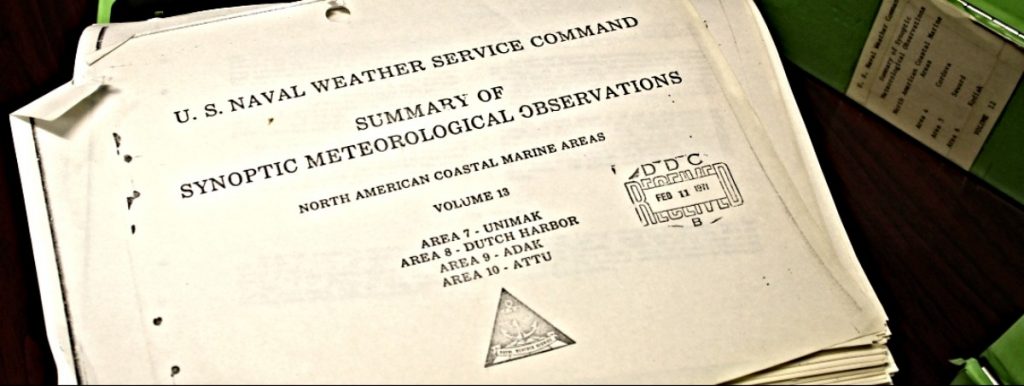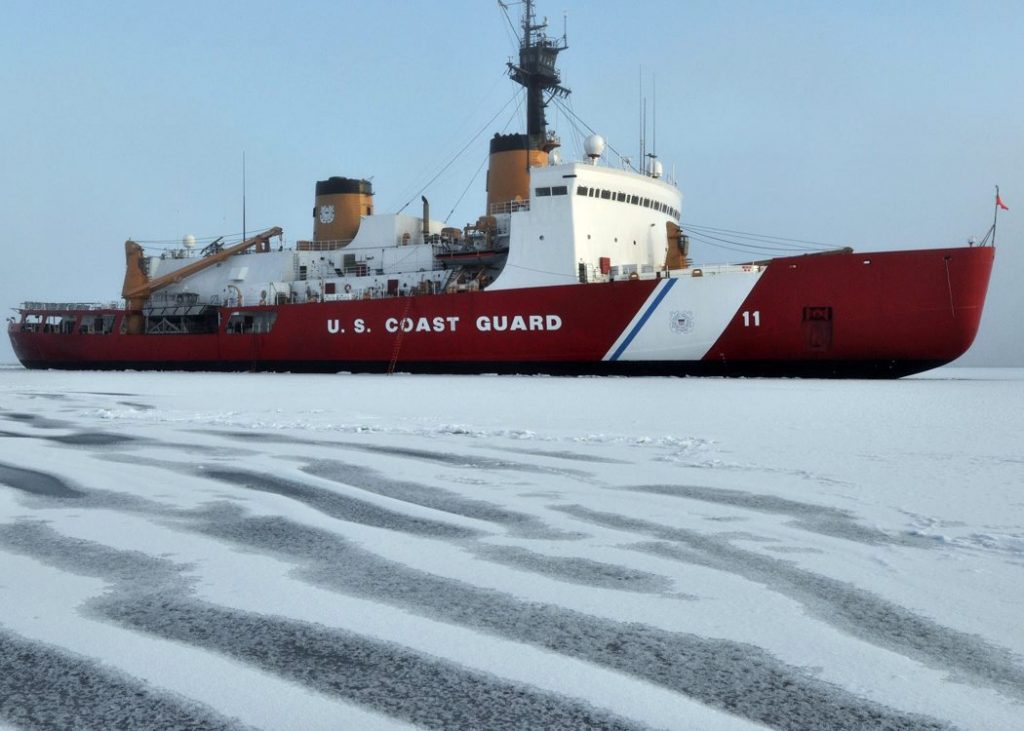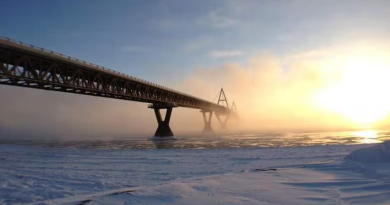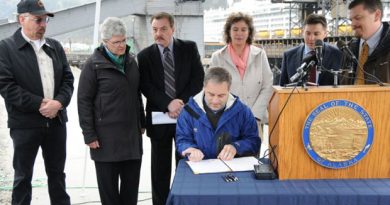NOAA scientists hope to gain better understanding of global climate thanks to old U.S. Navy Arctic data

In the basement of the National Centers for Environmental Information (NCEI), surrounded by stacks of boxes of archival materials, a group of American scientists is poring over a treasure trove of old documents they have recently received from the U.S. Navy.
Derek “Deke” Arndt, chief of the Monitoring Branch at the NCEI, the National Oceanic and Atmospheric Administration’s (NOAA) main archive, said they hope the old meteorological data from the 1970s all the way back to 1930 will help scientists better understand what’s happening in the Arctic today.
The data was collected by the now defunct U.S. Naval Weather Sea Command in Alaska and eventually found its way to the NCEI basement in Asheville, North Carolina, thanks to Dr. William Burnett, technical director to the Commander Naval Meteorology and Oceanography Command (CNMOC).
“It’s currently on paper and we honestly don’t know everything about this dataset yet,” Arndt told Eye on the Arctic in a Skype interview from his office.
Researchers suspect it’s the typical meteorological and oceanographic data – temperature, barometric pressure, wind, water salinity – that the Navy was interested in, Arndt said.
“It’s in a very sensitive part of the world in the climate sense so we’re excited to see it and we think there is good information there that helps us understand with more confidence what’s going on in the Arctic and how that relates to historical record,” Arndt said.
Climate scientists always strive to better understand and calculate global temperatures, he said.
“And there are parts of the world that have not historically been observed robustly or richly, and we have less confidence in those areas,” Arndt said.
Connecting the dots

The Arctic is one of those areas.
“And it is almost as simple as we get more dots on the map historically, it really helps us in those regions to do a better job of closing that data void in the Arctic, but then also to help recognize the patterns that can go on within the Arctic,” Arndt said.
“We want to get this data out there, we want to get it published, we will probably incorporate it into our global climate record, because as you get into the northern half of Canada towards the [North] Pole, observations are precious and scarce.”
Scientists will use the data to better characterize the climate of the region, especially for those four decades, he said.
“And it’s not just helping to define those decades for which we have more data, but it helps our mental model and our physical model of what’s going on up in the Arctic in the big picture. It helps us better answer questions like, ‘Can warm blops and cold blops hide there from the observing system?'” Arndt said.
Knowing the answers to those questions will help scientists reduce even more the uncertainty associated with their global calculations, he said.
“The Arctic is important,” Arndt said. “It’s changing faster than anywhere else on the planet, it’s connected to the planet in ways that we’re just beginning to understand and the more we know about it – even if that’s seemingly obscure old data – the better.”
Related stories from around the North:
Canada: Indigenous wildfire knowledge to be key part of new Arctic Council project, Eye on the Arctic
Finland: Finnish PM stresses importance of Arctic Council for region’s stability amidst climate change, Yle News
Iceland: Arctic Council’s work on track despite pandemic, now gearing up for 2021 ministerial, says ambassador & SAO, Eye on the Arctic
Norway: Arctic Council creates new expert group on nuclear emergencies, The Independent Barents Observer
Russia: Russia removes critical voices ahead of Arctic Council chairmanship, claims Indigenous peoples expert, The Independent Barents Observer
United States: Arctic Policy after the U.S. election, damage control ahead?, Blog by Marc Lanteigne



